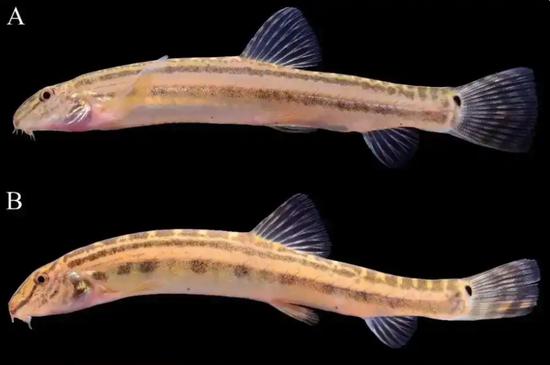
The newly discovered species Cobitis beijingensis (Photo/Courtesy of Zhao Yahui)
A new species of spined loach, officially named the Cobitis beijingensis, has been discovered in the Beijing area for the first time in over 40 years. This is the first time a fish species has been named using the pinyin "Beijing" globally, according to a report released by the Beijing Daily on Thursday.
The Beijing loach is about 5 centimeters in length, with its body covered in yellow and black patterned markings. The new species, which was confirmed by the research team from the Institute of Zoology, Chinese Academy of Sciences, was collected by the research team from the Chaobai River in Shilipu Town, Miyun District of the capital.
"Over the years, we have accumulated specimens during our ongoing surveys in the Beijing area. Through various scientific methods, including morphological and molecular analyses, we have confirmed that this species is a new one," said Zhao Yahui, head of the research team.
Regarding to the Latin name of the Beijing loach using the pinyin "Beijing" for the first time, Zhao said it is for conservation purposes. "We hope to use this species as a symbol of Beijing's freshwater fish. While raising attention for this species, it also helps to protect other indigenous fish species in Beijing," said Zhao.
The discovery of the Beijing loach is a sign of a positive trend in the city's fish biodiversity. Historically, Beijing was home to 78 species of indigenous fish. However, due to urbanization and other factors, the number of fish in Beijing declined rapidly after the 1980s, reaching a low point by 2010 when only about 40 species could be collected. After 2010, Beijing placed high importance on aquatic ecology, and field surveys around 2020 showed that the number of indigenous fish species in the region had gradually increased to around 60, according to Zhao.
After 2010, Beijing took a series of measures to alleviate the pressure from human activity on natural water bodies. The microhabitats of several major rivers were gradually restored, and ongoing stocking and release activities improved fish populations. Public awareness of river protection increased, and the microhabitat of the Beijing loach was protected, allowing its population to recover, Zhao added.
The research team found that Beijing loach differs from the spotted loach found in the mountainous streams of Beijing. The new species prefers slower-flowing, calm water environments near the mountains. It can only be found in clear waters with slow currents, muddy or sandy bottoms, and abundant aquatic plants.
"The Beijing loach is a small, bottom-dwelling fish with no economic value," said Zhao. ''In the public's perception, fish are often seen as resource animals, naturally meant to be consumed by humans.'' However, what many people don't know is that a large proportion of fish species are rare and endangered, and some species are even more critically endangered than certain endangered mammals, he said, adding that in recent decades, some fish species have gone extinct.
Researchers have found that the invasion of non-native species, such as the river sand goby, poses a threat to the survival of the Beijing loach. Influenced by factors such as stocking, recreational fishing tourism, and cross-basin water transfers, recent surveys have revealed an upward trend in the number, distribution, and population density of other aquatic invasive species in Beijing's waters, such as the bluegill sunfish, largemouth bass and the red swamp crayfish. "The invasive species could have severe impacts on indigenous fish species. Controlling and managing invasive aquatic species in Beijing's waters is a new challenge," said Zhao.
The related research findings about Cobitis beijingensis were recently published in Zoosystematics and Evolution.










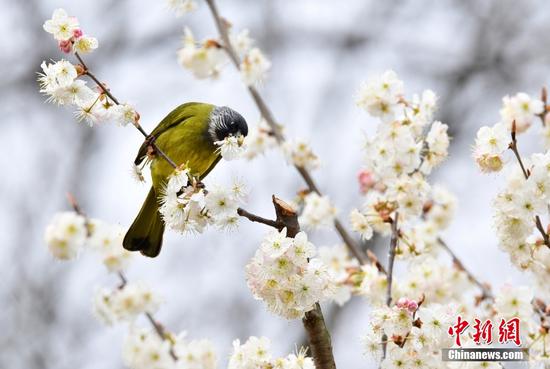





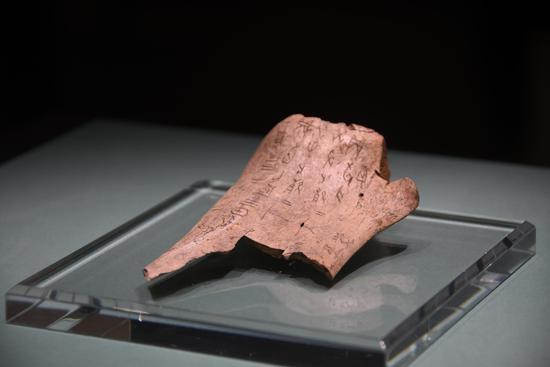















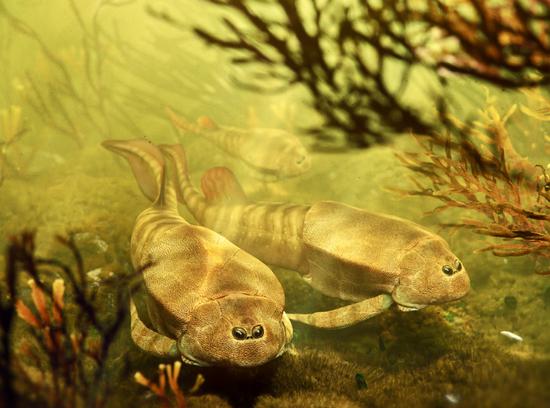






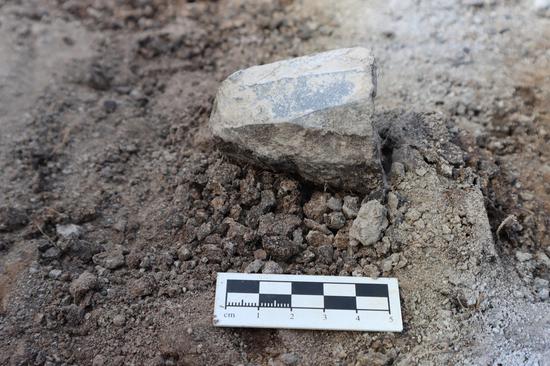










 京公網安備 11010202009201號
京公網安備 11010202009201號